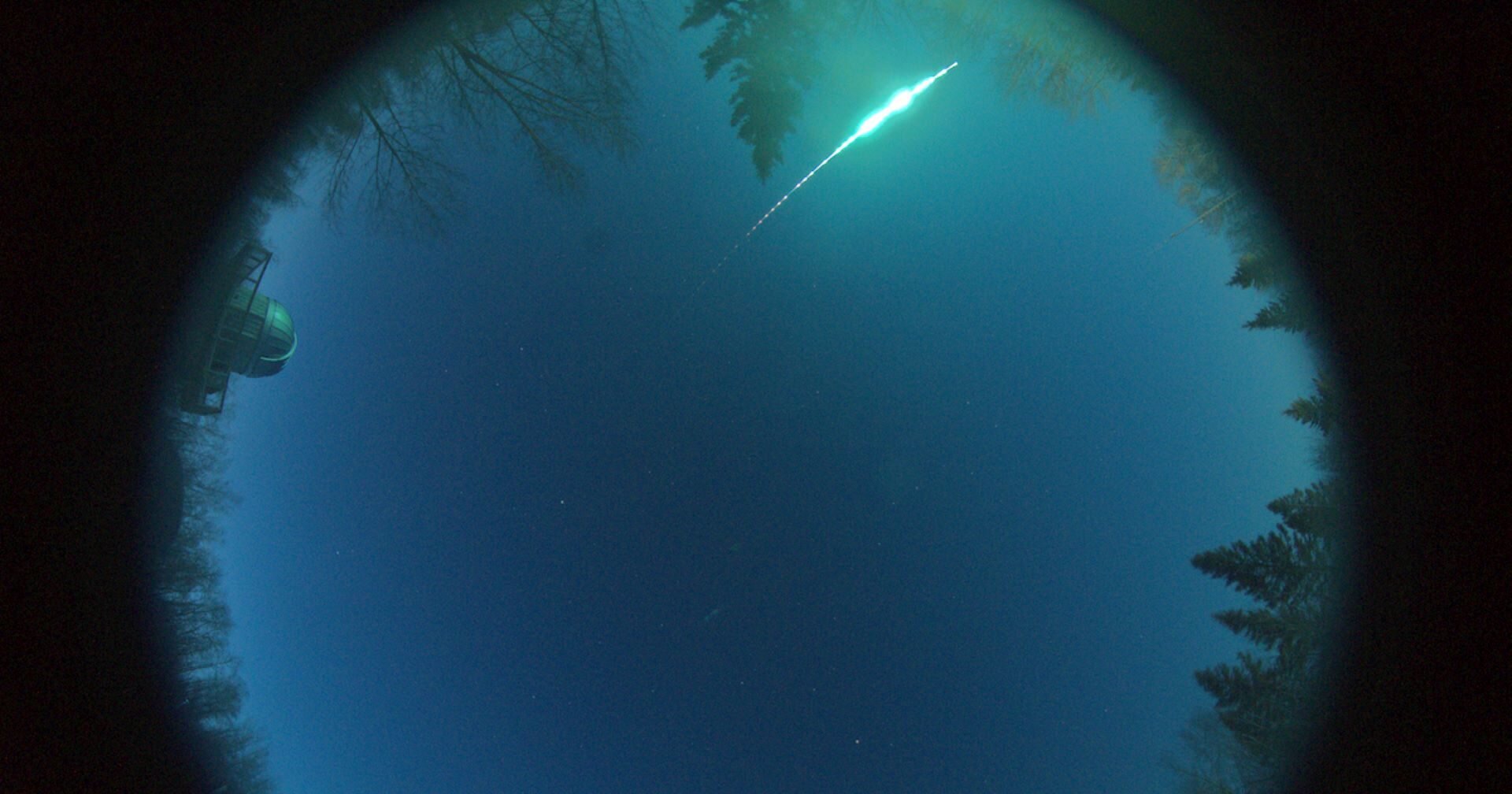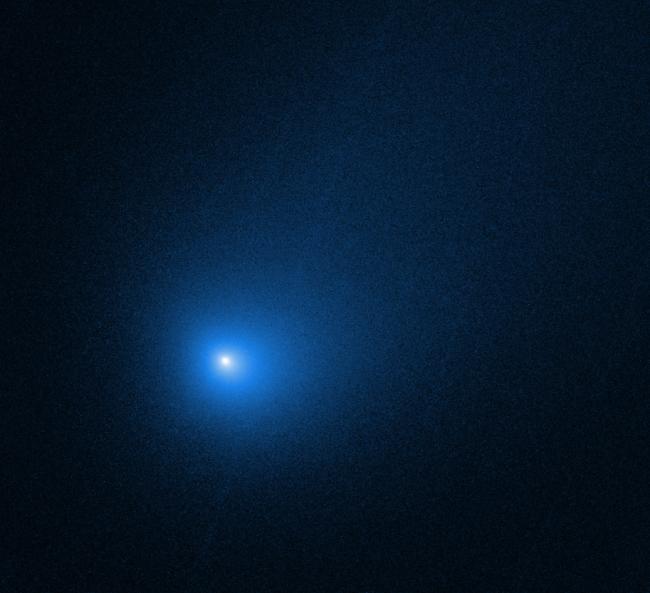
Researchers from Western have shown that a fireball that originated at the edge of the solar system was likely made of rock, not ice, challenging long-held beliefs about how the solar system was formed.
Just at the edge of our solar system and halfway to the nearest stars is a collection of icy objects sailing through space, known as the Oort Cloud. Passing stars sometimes nudge these icy travelers towards the sun, and we see them as comets with long tails. Scientists have yet to observe any objects in the Oort Cloud directly, but everything detected so far coming from its direction has been made of ice.
Theoretically, the very basis of understa...
Read More









Recent Comments